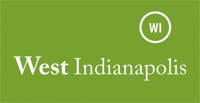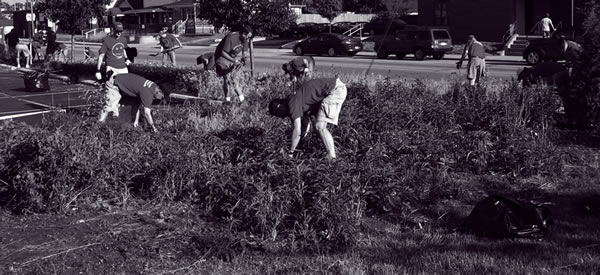Work Plan
Because West Indianapolis’ recent past planning efforts that resulted in 19 action areas, there was great interest in developing a compact and concise list of goals for achieving the neighborhood vision. Since the Steering Committee had already decided to re-organize the 2004 action items into the four broad GINI Healthy Neighborhoods Principles, these same four categories were utilized for goal-setting. As a result, there are only four goals embodied in the West Indianapolis Neighborhood Plan.
Social Goal
A full diversity of residents and families share an appreciation of lifelong learning and meaningful employment; work together with neighborhood organizations in education, recreation, employment, and community activities; and help neighbors in need. More about our social goal »
Civic Goal
Organizations, businesses, churches, and residents of all ages and backgrounds in West Indianapolis are engaged and active participants in the neighborhood. More about our civic goal »
Economic Goal
Commercial and industrial development in West Indianapolis provides residents with quality goods, services and jobs and residents support the community aspirations to be a desirable area in which to live, be employed, and locate a business. More about our economic goal »
Physical Goal
West Indianapolis is known for its attractive physical appearance, gateways on Morris Street, and greenway connections to the zoo that provide connections between blocks of stable housing with good infrastructure, accessible recreational opportunities, and ntegrated land use where residential, commercial, and industrial uses co-exist to the benefit of all. More about our physical goal »
Given the broad nature of these goals, measuring progress and success is dependent on the careful identification of data sets that can act as indicators of positive change. The Steering Committee identified data sets (see right) as being the most meaningful measures of tracking progress for the goals they set for themselves.
Once these goals and indicators had been identified, the Steering Committee identified areas of action, beginning with priority actions identified in 2004 and updating them to reflect current conditions, partnerships, and priorities. The results of the action planning process are shown on the following pages.

